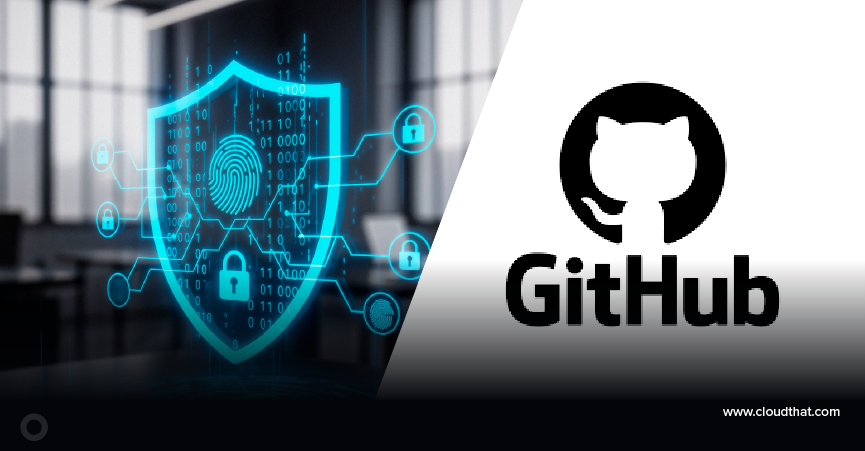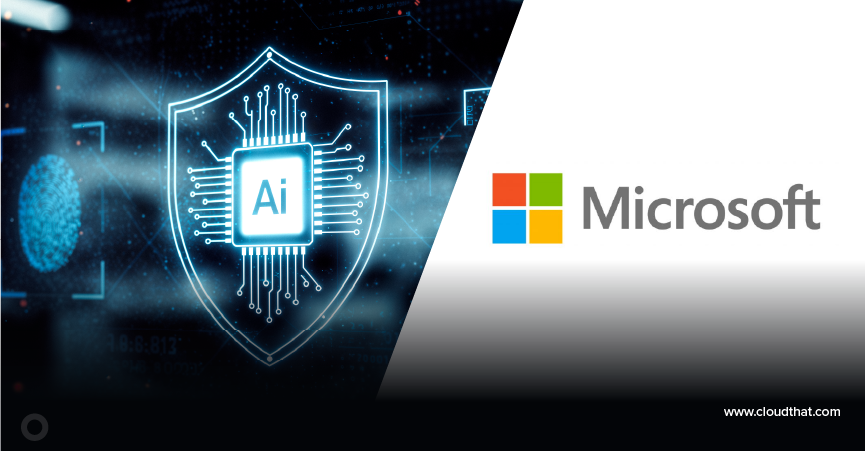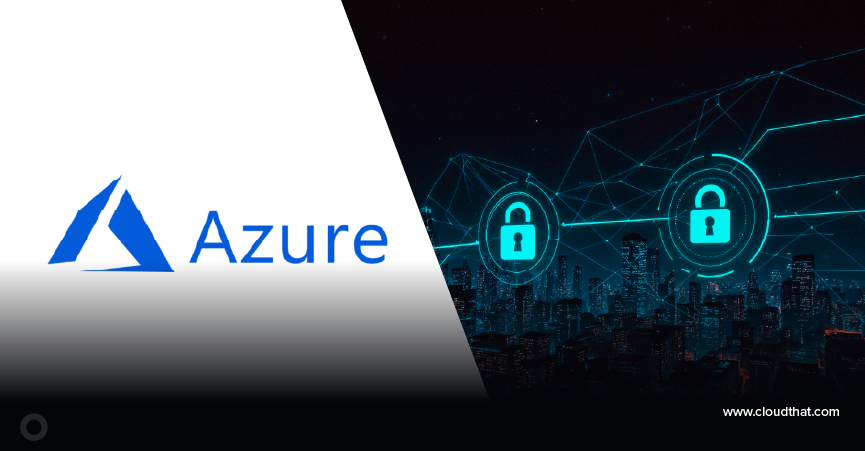|
Voiced by Amazon Polly |
Overview
Managing end-to-end workflows efficiently is crucial in the ever-evolving landscape of machine learning. Amazon SageMaker Pipelines is a powerful service that allows users to automate and scale their machine-learning workflows. Among its various features, Selective Execution stands out as a game-changer. This blog will explore the significance of Selective Execution in Amazon SageMaker Pipelines, its benefits, and how it can be harnessed effectively.
Pioneers in Cloud Consulting & Migration Services
- Reduced infrastructural costs
- Accelerated application deployment
Introduction to Selective Execution
Selective Execution is a feature in Amazon SageMaker Pipelines that enables users to skip unnecessary steps in a workflow.
Key Benefits
- Efficiency Improvement: Selective Execution significantly improves workflow efficiency. Users can choose to execute only the relevant steps instead of running the entire pipeline every time there’s a change. This is especially advantageous in scenarios where retraining models or processing large datasets is time-consuming.
- Cost Savings: By skipping unnecessary steps, users can reduce the consumption of computing resources, leading to cost savings. This is critical for organizations aiming to optimize their machine-learning workflows while managing their infrastructure costs effectively.
- Flexible Iterative Development: Execution facilitates a more agile and iterative development. Data scientists and engineers can make incremental changes to their models or data preprocessing steps and quickly test only the affected parts of the pipeline without waiting for the entire process to be completed.
- Enhanced Collaboration: When working on collaborative projects, Selective Execution ensures that team members can focus on their specific contributions without disrupting the entire workflow. This promotes smoother collaboration, as changes in one area can be isolated and tested independently.
How to Harness the Power of Selective Execution?
- Pipeline Definition: Define your machine learning pipeline using the Amazon SageMaker Pipelines SDK. Identify the dependencies between different steps to enable Selective Execution to understand the relationships within the pipeline.
|
1 2 3 4 5 6 7 8 9 10 11 12 13 |
```python from sagemaker.workflow.pipeline import Pipeline # Define your pipeline steps # ... # Create the pipeline pipeline = Pipeline( name="my-pipeline", steps=[...], sagemaker_session=sagemaker_session, ) ``` |
- Configure Step Dependencies: Explicitly define dependencies between pipeline steps. This is crucial for Selective Execution to determine the impact of changes on subsequent steps.
|
1 2 3 4 5 6 |
```python # Define dependencies between steps step2.after(step1) step3.after(step2) # ... ``` |
- Enable Caching: Leverage caching to store the output of a step and reuse it when the step is not modified. This is a powerful optimization that further enhances the efficiency gains of Selective Execution.
|
1 2 3 4 |
```python # Enable caching for a step step1.cache_config = cache_config ``` |
- Use Conditional Execution: Implement conditional execution based on specific artifacts or code changes. This allows you to fine-tune which steps are executed depending on the modifications.
|
1 2 3 4 5 6 7 8 9 |
```python # Set up conditional execution for a step step2.add_condition( "RunStep2Condition", conditions=[ {"ConditionEquals": "InputDataChanged", "SourceRef": "Step1.OutputArtifacts.OutputData"} ], ) ``` |
Conclusion
Amazon SageMaker Pipelines’ Selective Execution feature brings efficiency, cost savings, and flexibility to the machine learning workflow. Data scientists and engineers can iterate more rapidly, collaborate seamlessly, and optimize resource utilization by intelligently skipping unnecessary steps. Understanding how to harness the power of Selective Execution is key to unlocking the full potential of Amazon SageMaker Pipelines in modern machine learning development.
In conclusion, as machine learning workflows evolve, Selective Execution is a testament to the commitment to making these processes more efficient, cost-effective, and user-friendly. Embracing this feature empowers organizations to build robust and scalable machine learning pipelines that adapt to the dynamic nature of data science projects.
Drop a query if you have any questions regarding Amazon SageMaker Pipelines and we will get back to you quickly.
Making IT Networks Enterprise-ready – Cloud Management Services
- Accelerated cloud migration
- End-to-end view of the cloud environment
About CloudThat
CloudThat is an award-winning company and the first in India to offer cloud training and consulting services worldwide. As a Microsoft Solutions Partner, AWS Advanced Tier Training Partner, and Google Cloud Platform Partner, CloudThat has empowered over 850,000 professionals through 600+ cloud certifications winning global recognition for its training excellence including 20 MCT Trainers in Microsoft’s Global Top 100 and an impressive 12 awards in the last 8 years. CloudThat specializes in Cloud Migration, Data Platforms, DevOps, IoT, and cutting-edge technologies like Gen AI & AI/ML. It has delivered over 500 consulting projects for 250+ organizations in 30+ countries as it continues to empower professionals and enterprises to thrive in the digital-first world.
FAQs
1. Can Selective Execution be applied to any pipeline in Amazon SageMaker?
ANS: – Yes, Selective Execution can be applied to any pipeline created using the Amazon SageMaker Pipelines SDK. However, its effectiveness depends on how well dependencies between steps are defined.
2. How does Selective Execution handle changes in code?
ANS: – Selective Execution can detect code changes associated with a specific step and trigger the execution of that step and its downstream dependencies.
3. Can I use Selective Execution with my existing Amazon SageMaker Pipelines?
ANS: – Yes, you can incorporate Selective Execution into existing pipelines by defining dependencies and configuring conditional execution for relevant steps.

WRITTEN BY Huda Khan
Huda works as a Frontend Software Developer at CloudThat. She is an accomplished front-end developer passionate about creating user-friendly and aesthetically pleasing websites. Proficient in frameworks like ReactJS and technologies such as HTML, CSS, and JavaScript, Huda specializes in producing responsive and intuitive designs with a thorough understanding of web development fundamentals. In her spare time, she enjoys experimenting with new technologies and staying up to date with the latest advancements in the field.


 Login
Login


 December 8, 2023
December 8, 2023 PREV
PREV











Comments